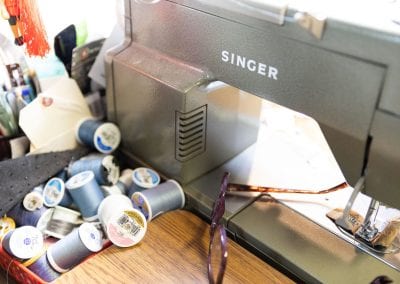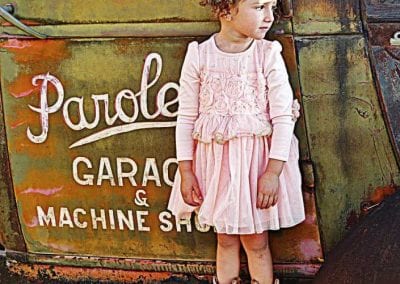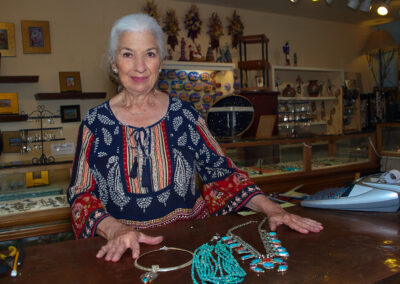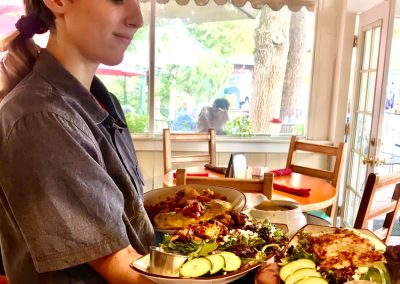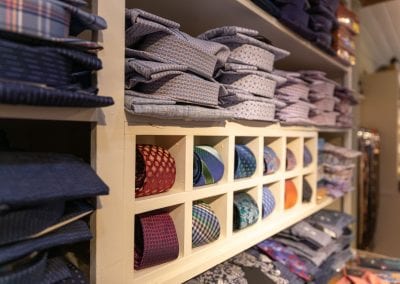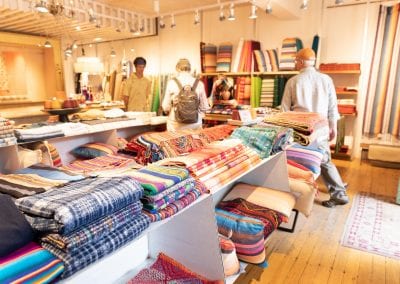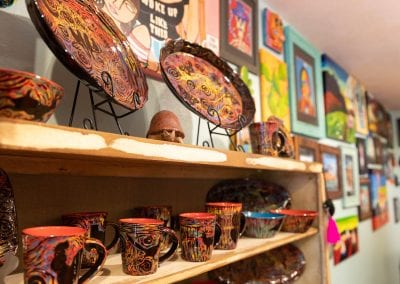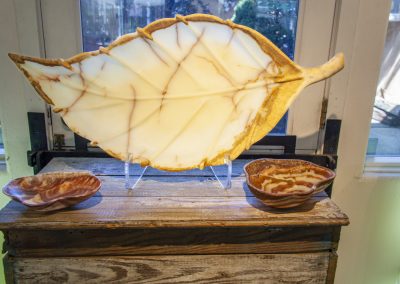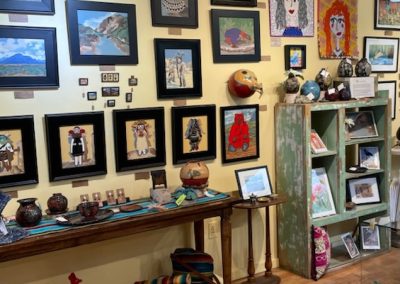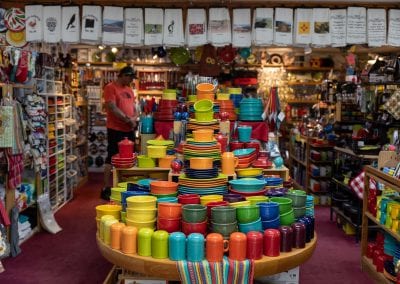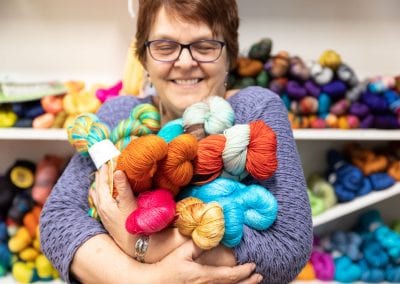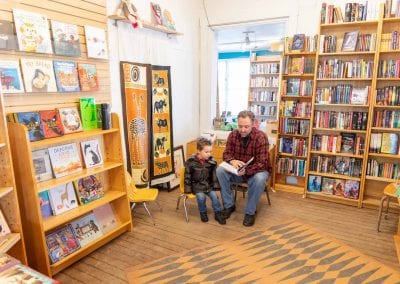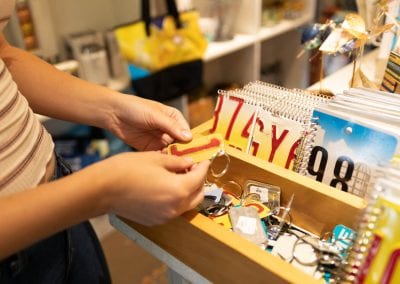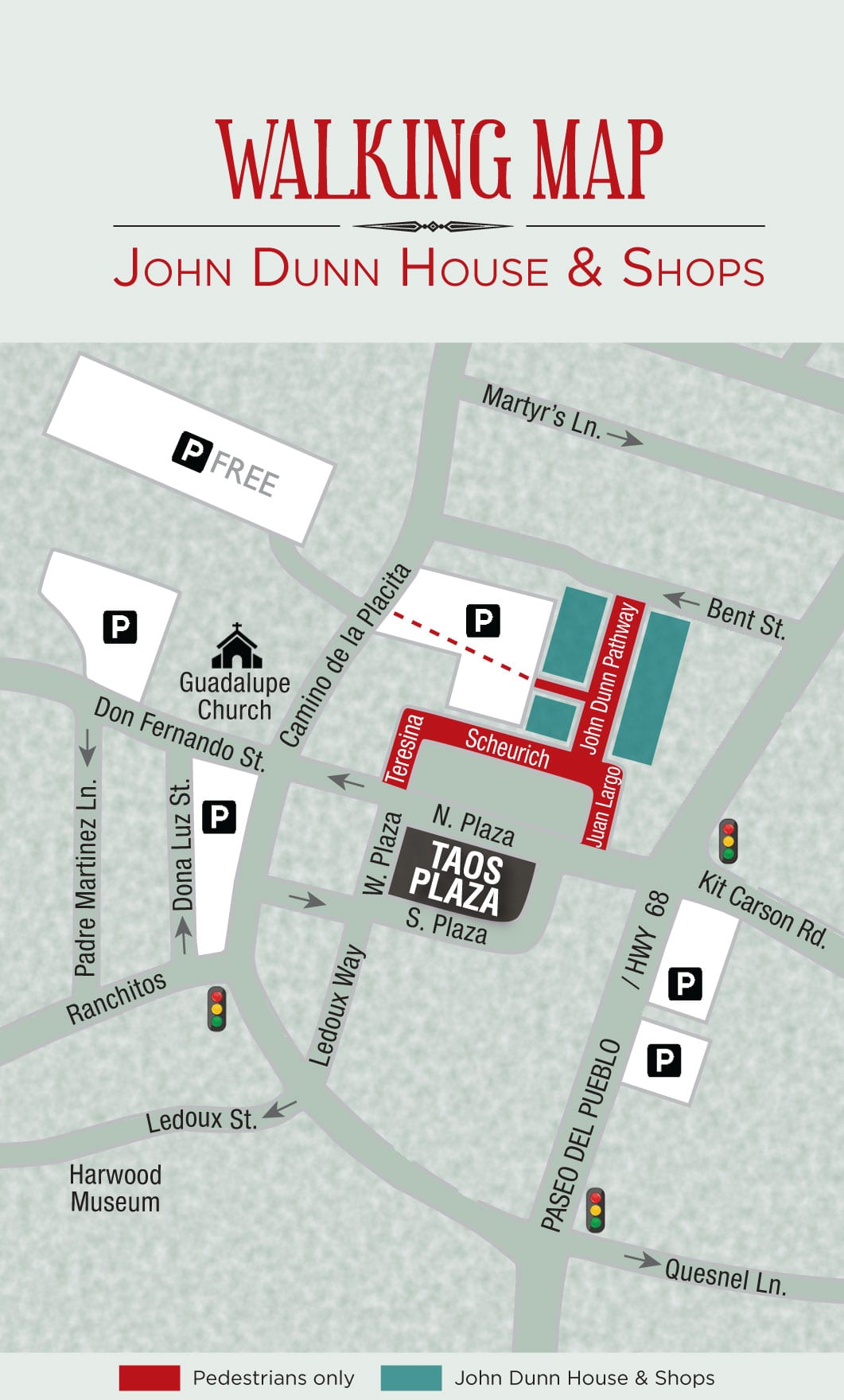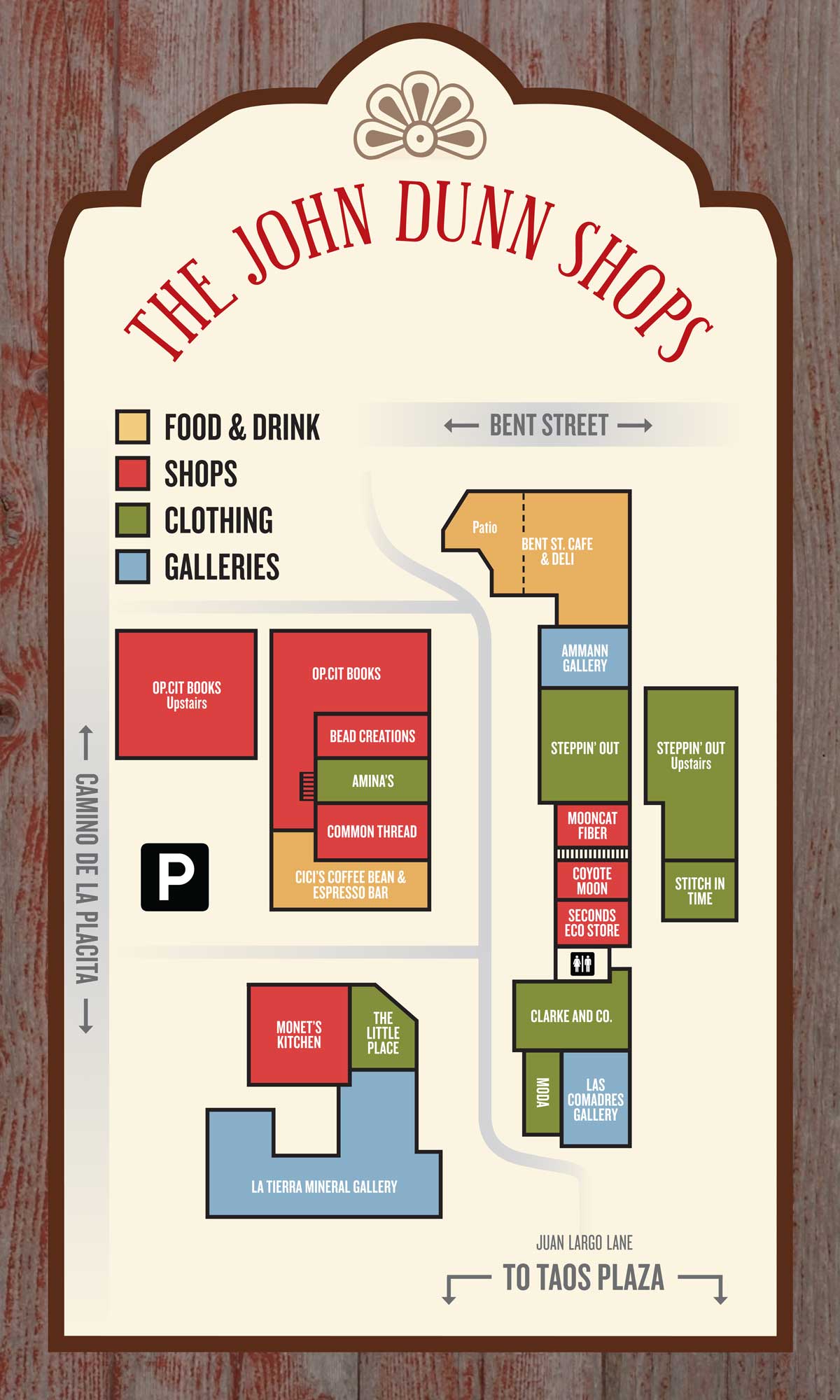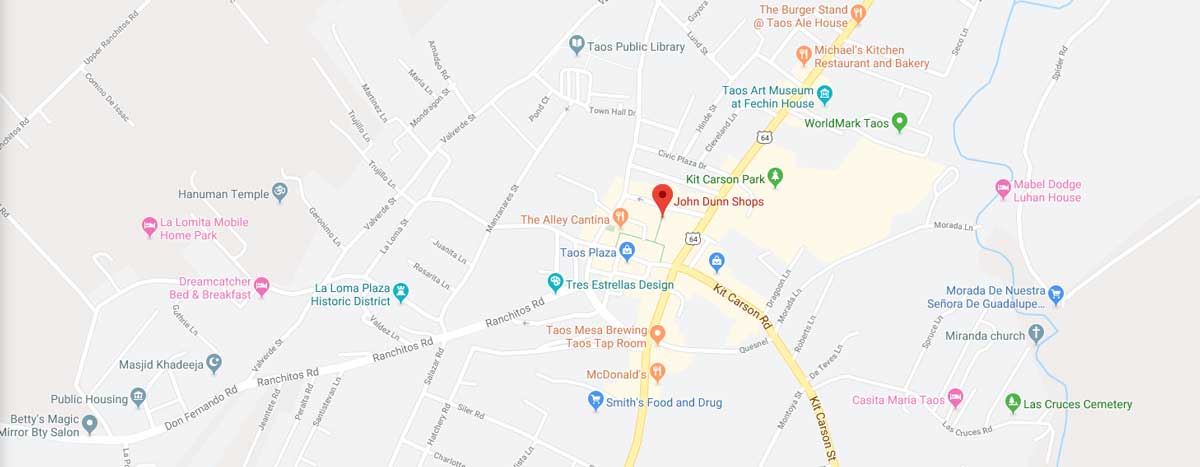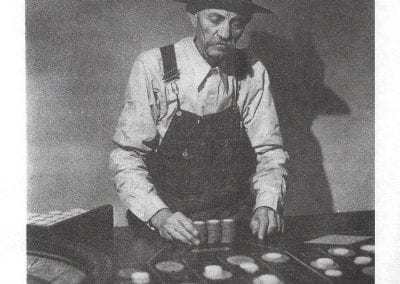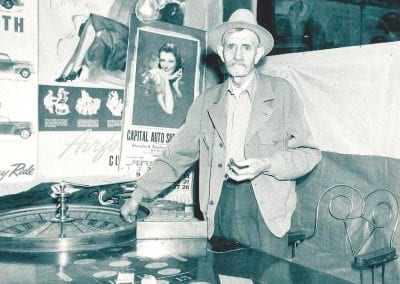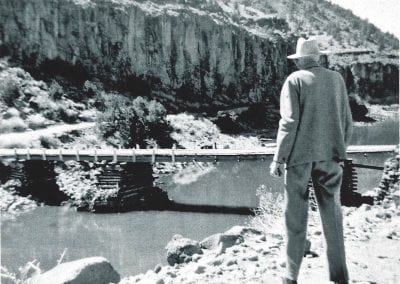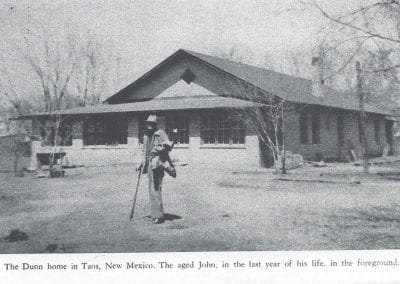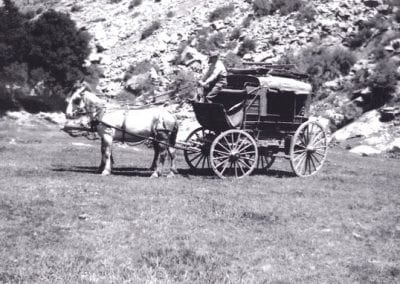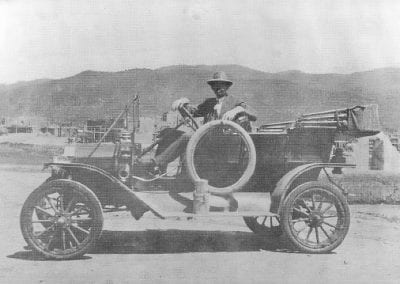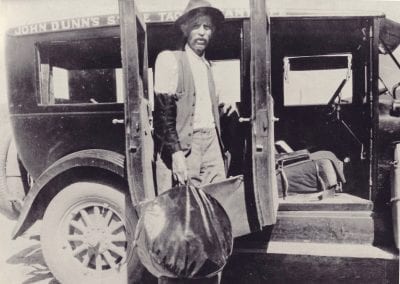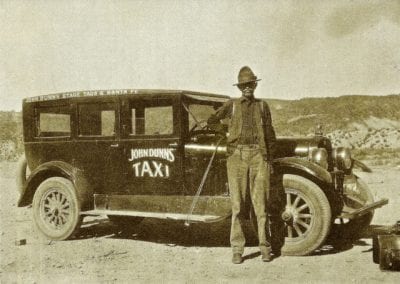The BEST SHOPPING EXPERIENCE IN Taos, New Mexico
Downtown pedestrian shopping mall and gardens, next to the plaza.
The John Dunn Shops are located in the heart of Taos’ historic district on a shaded walkway linking Taos Plaza and Bent Street. Everything you are looking for in one spot: street food and patio dining, clothing for men, women and children, books, folk art, ceramics, artwork, shoes, gems and fossils, kitchenware, unique gifts, yarn and weavings, beads and a cozy coffeeshop. Sit on a shaded bench in the garden by the fountain and sip a cappuccino or a smoothie while listening to musicians and meeting local merchants. John Dunn Shops is the best of Taos all in one beautiful location.
18 unique shops, espresso bar, & restaurant
Food Carts
When the weather is right, get your yums from the food carts along the walk way, from street tacos, quesidillas, carnitas, burgers and more at Bomb Street, and refreshing paletas from Loteria Paleteria. Food carts are often part of special events throught the year.
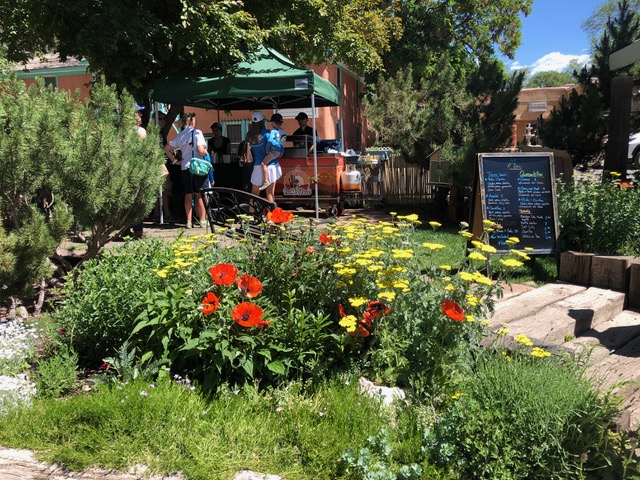
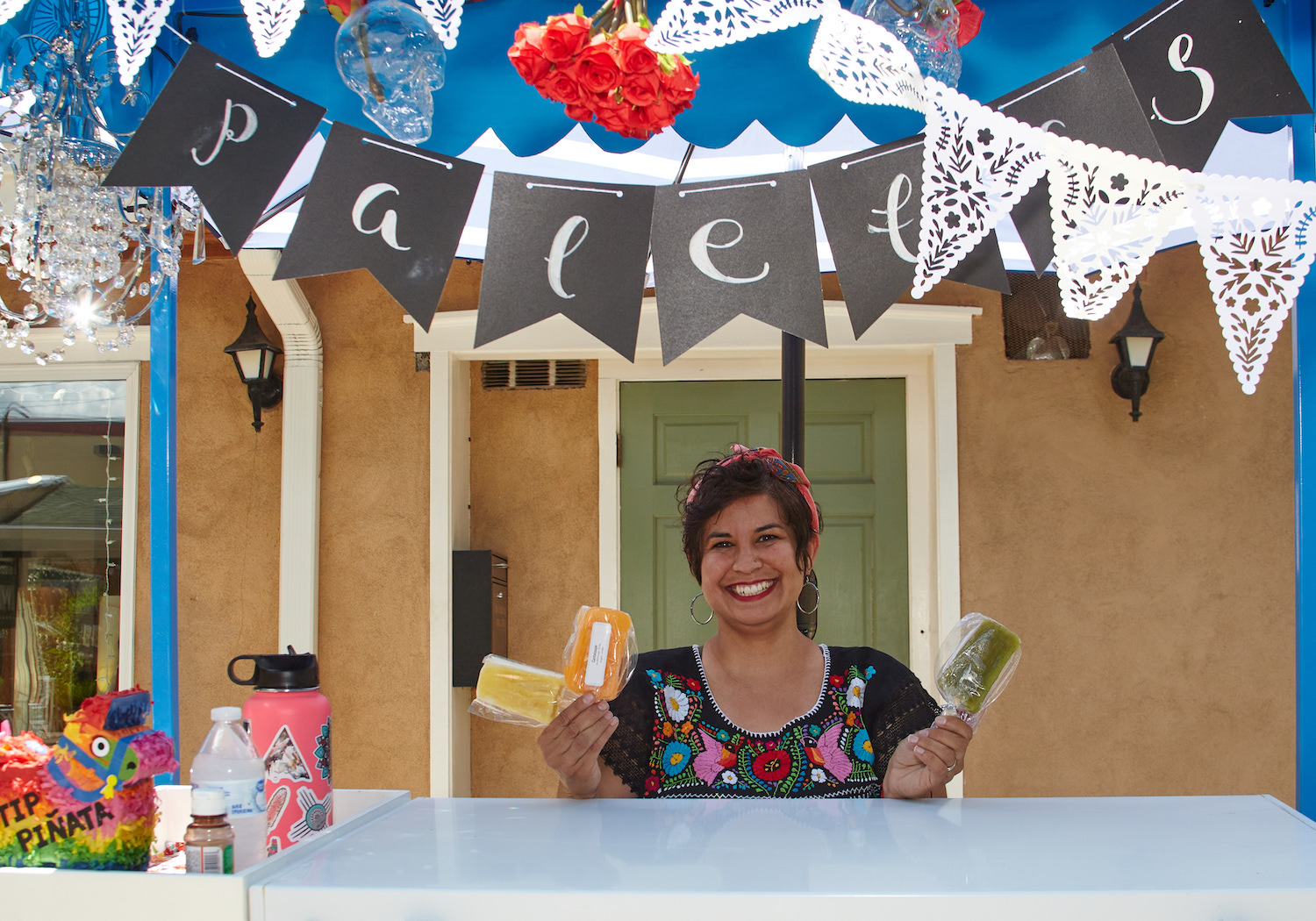
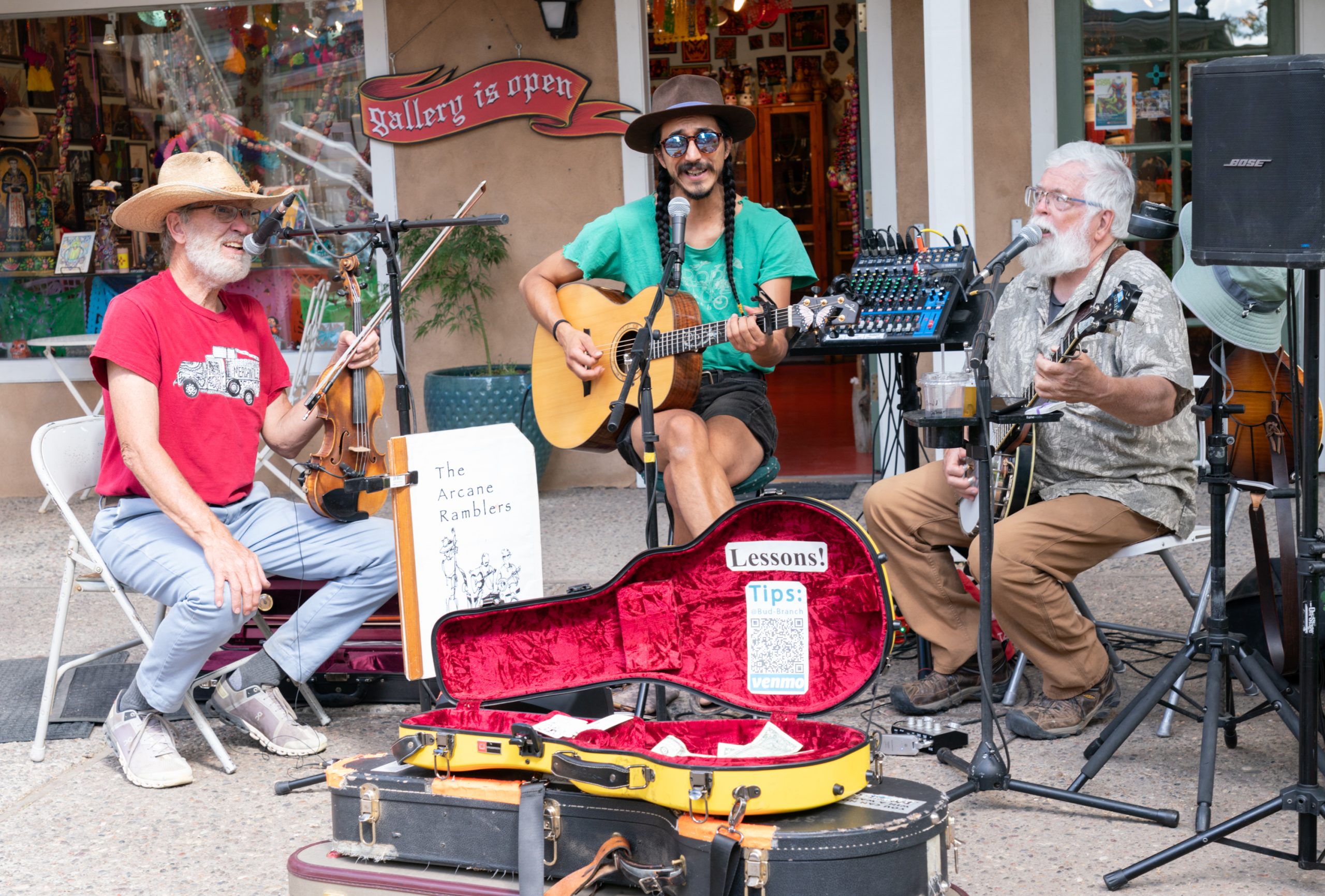
First Fridays
Join us each month on the first Friday of the month for food and music, and strolling along the shops. A chance to visit with locals and visitors! A great event for family (including furries), and friends.
Annual events
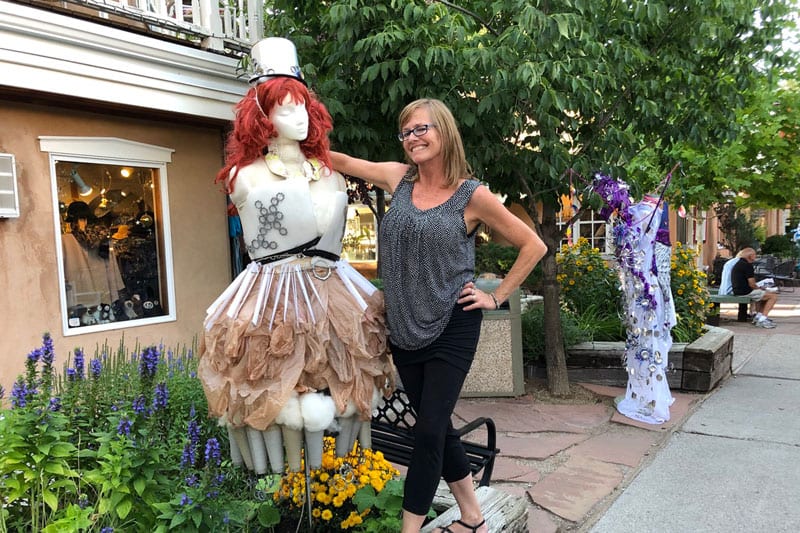
Paseo Installations
September
John Dunn Shops connects the Paseo Installations each year in September during the Fall Arts season — creating an immersive art zone throughout the John Dunn house shops. Seconds Eco Store is always a highlight of the displays along the walkway with its works of recycled sculptures by New Mexico artists.
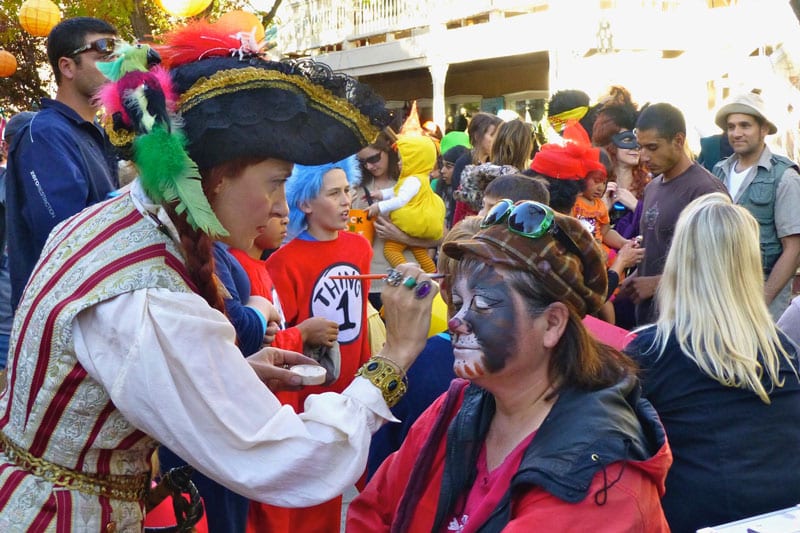
Halloween Celebration
John Dunn Shops joins the Town of Taos Celebration, including face painting… and more… come get your spooks on!
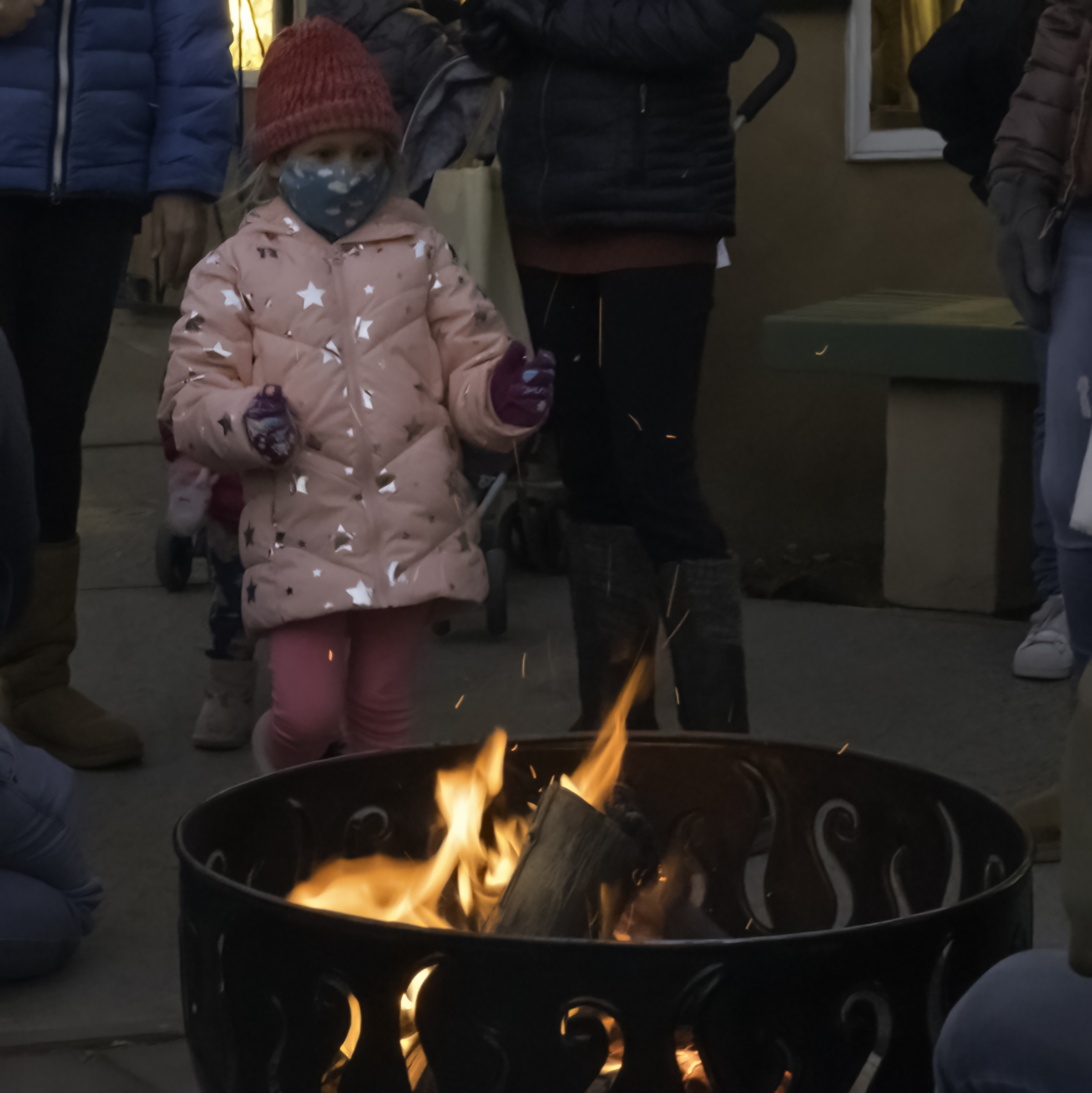
Bonfires on Bent Street
Bundle up and come out for bonfires, celebration, entertainment, caroling, shop decorations and deals, snacks and refreshments … a Taos holiday tradition!
.
In addition to Paseo Installations, Halloween Pet Parade and Celebration, and Bonfires on Bent Street, we host book signings, poetry readings, live music, and other gatherings year round. If there’s an event you would like to host at the John Dunn Shops, we encourage you to contact us. We welcome non-profit and school events and benefits, musical performances, and other innovative ideas that celebrate creativity and community.
Use #JohnDunnShops to be featured on Instagram
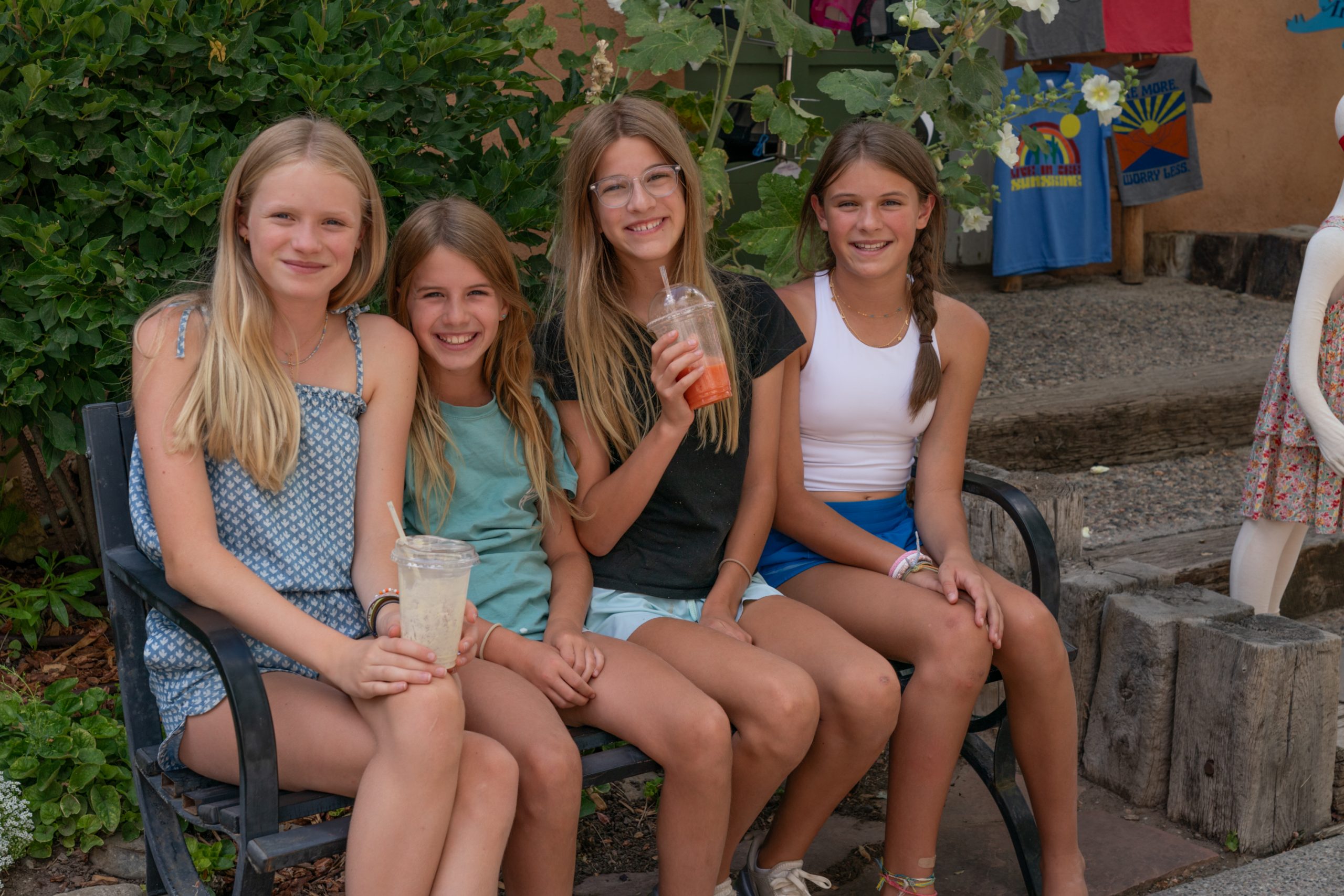
SHOPS MAP
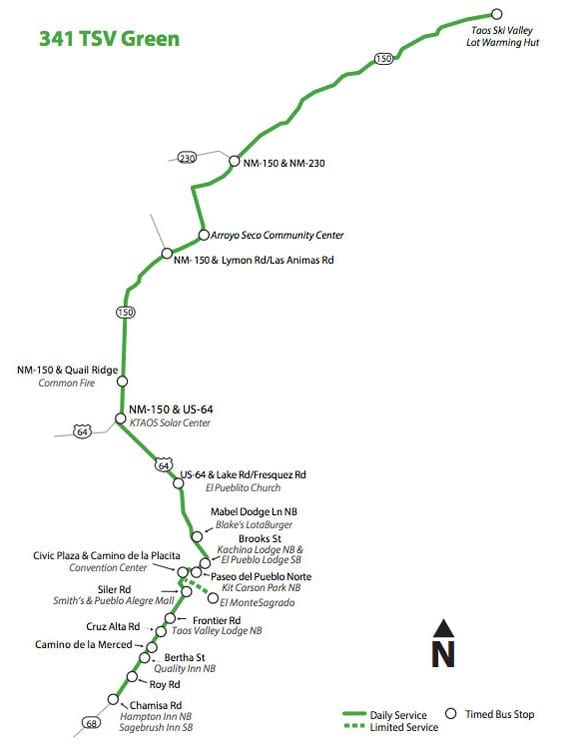
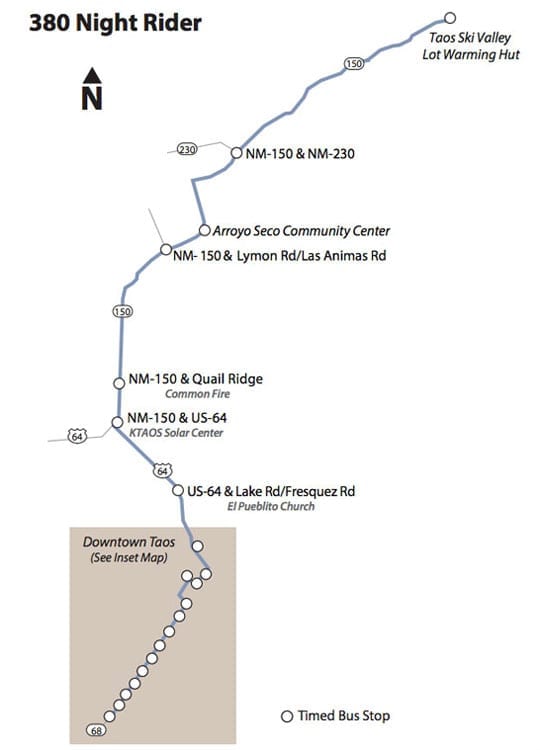
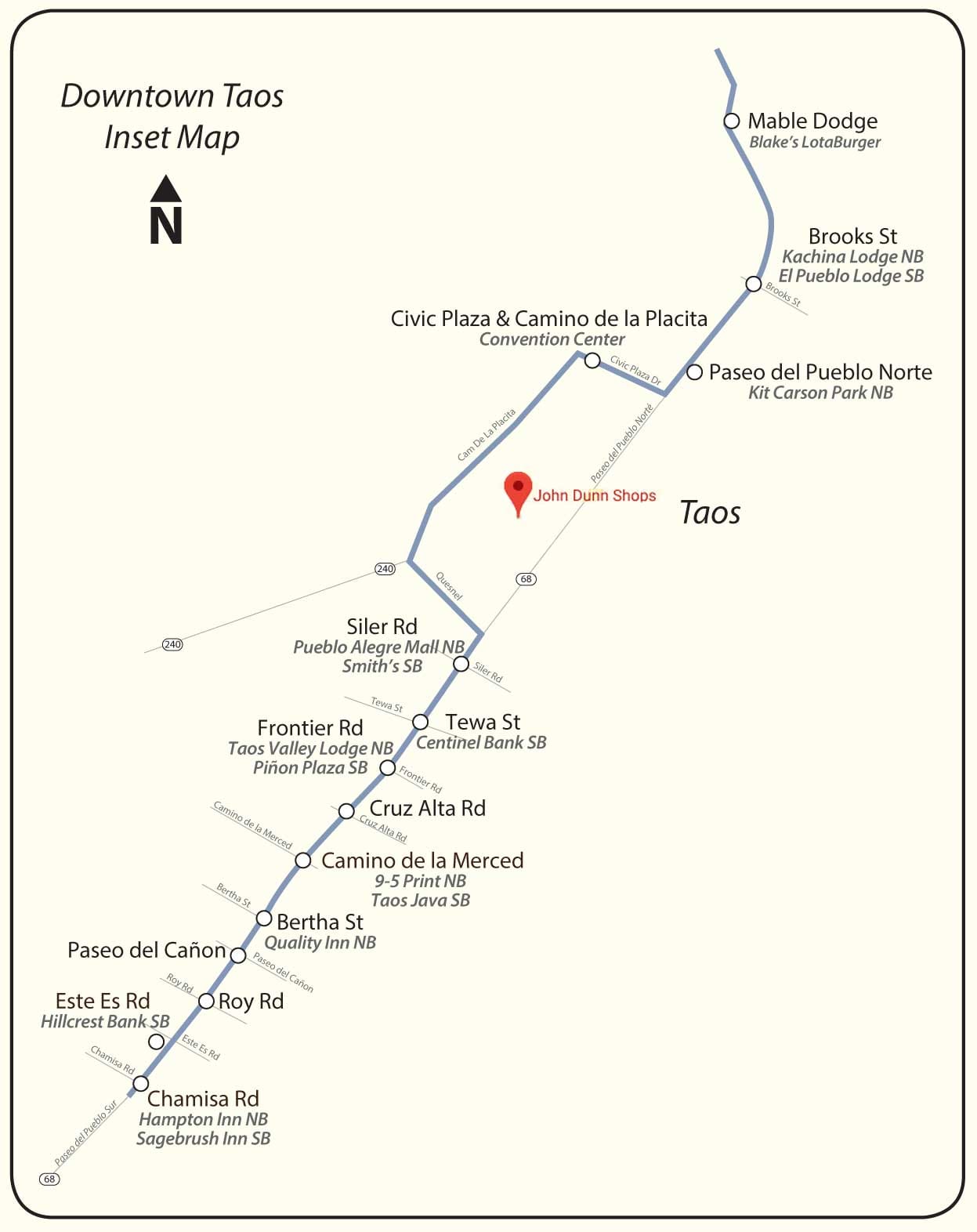
GALLERY

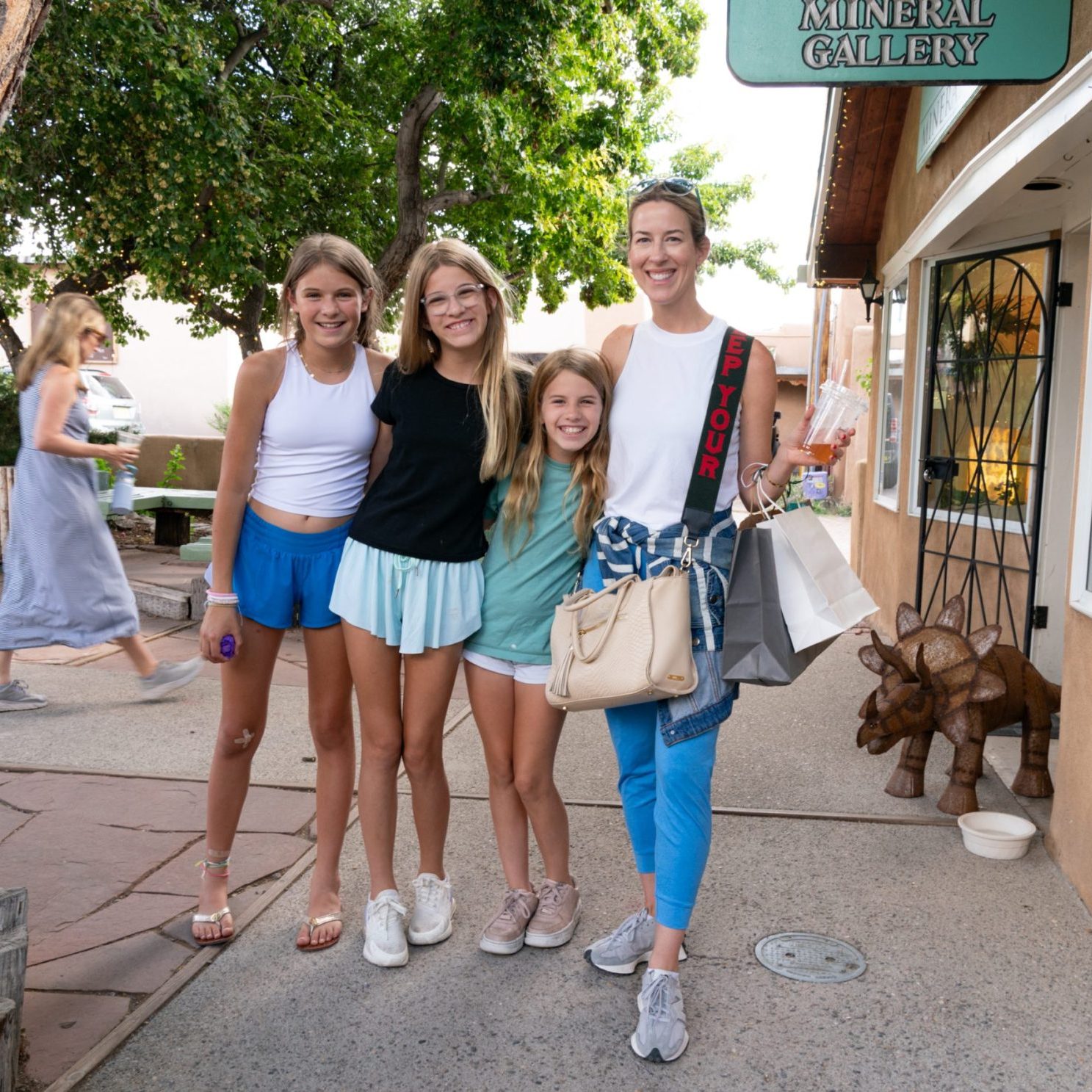
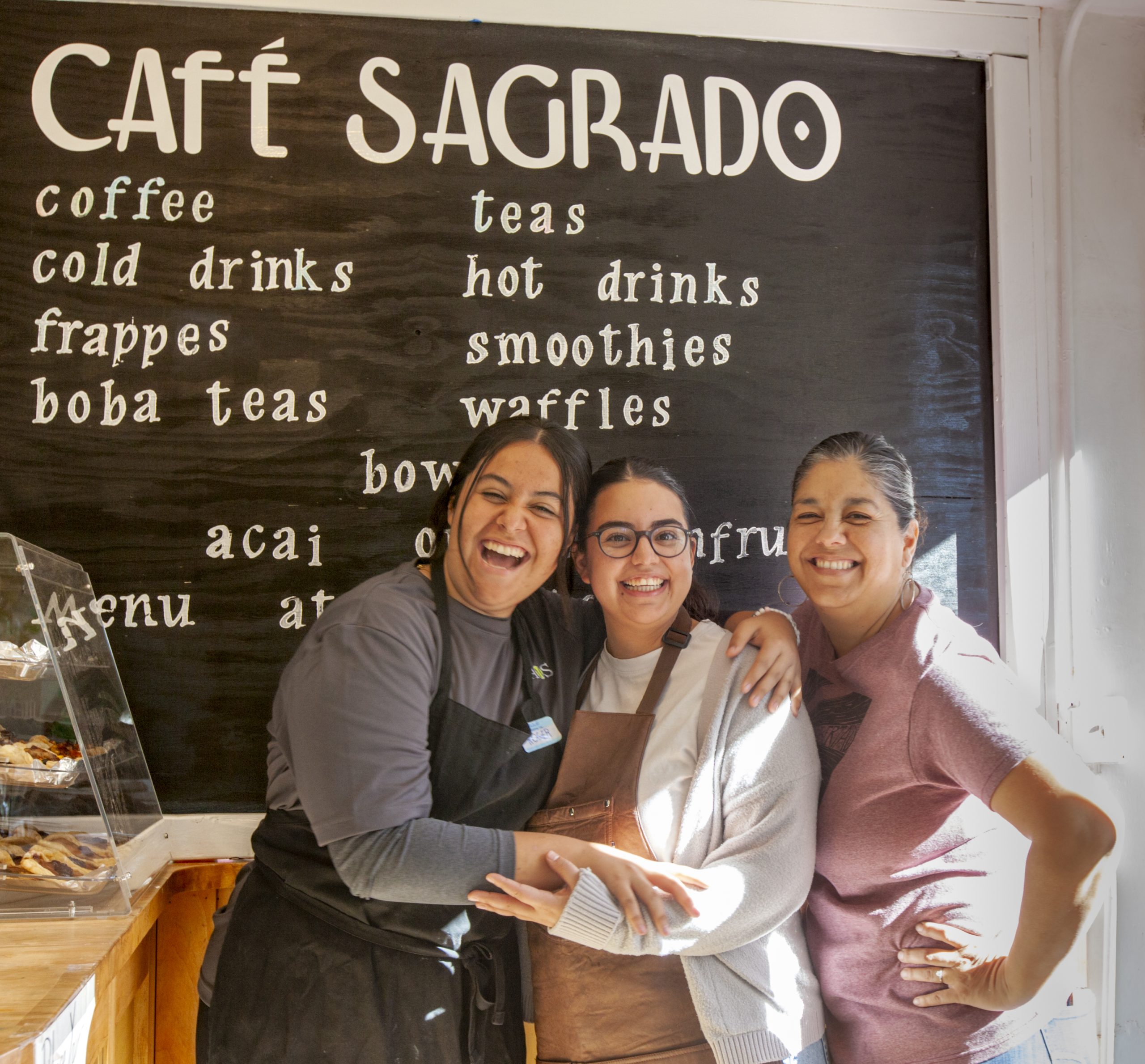
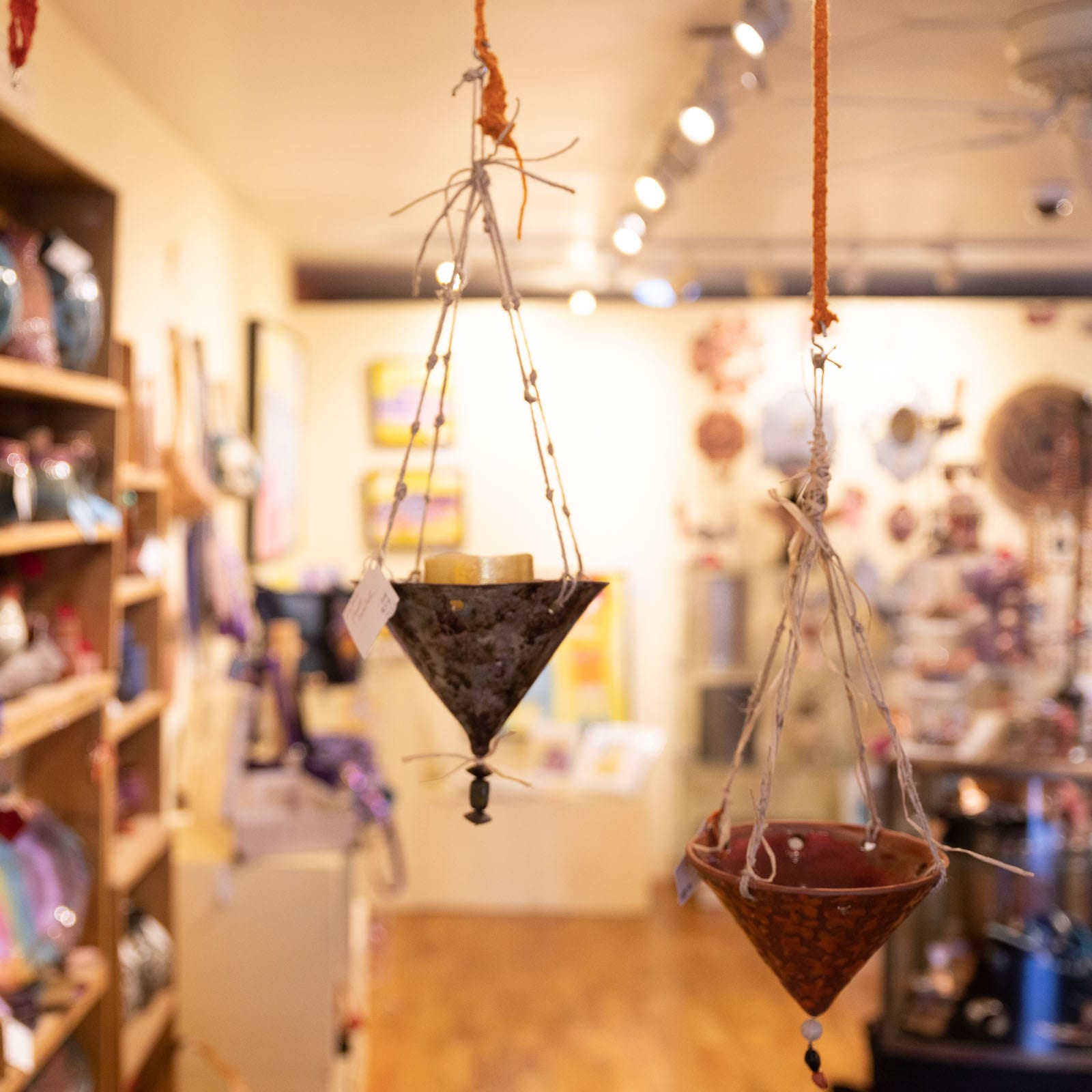
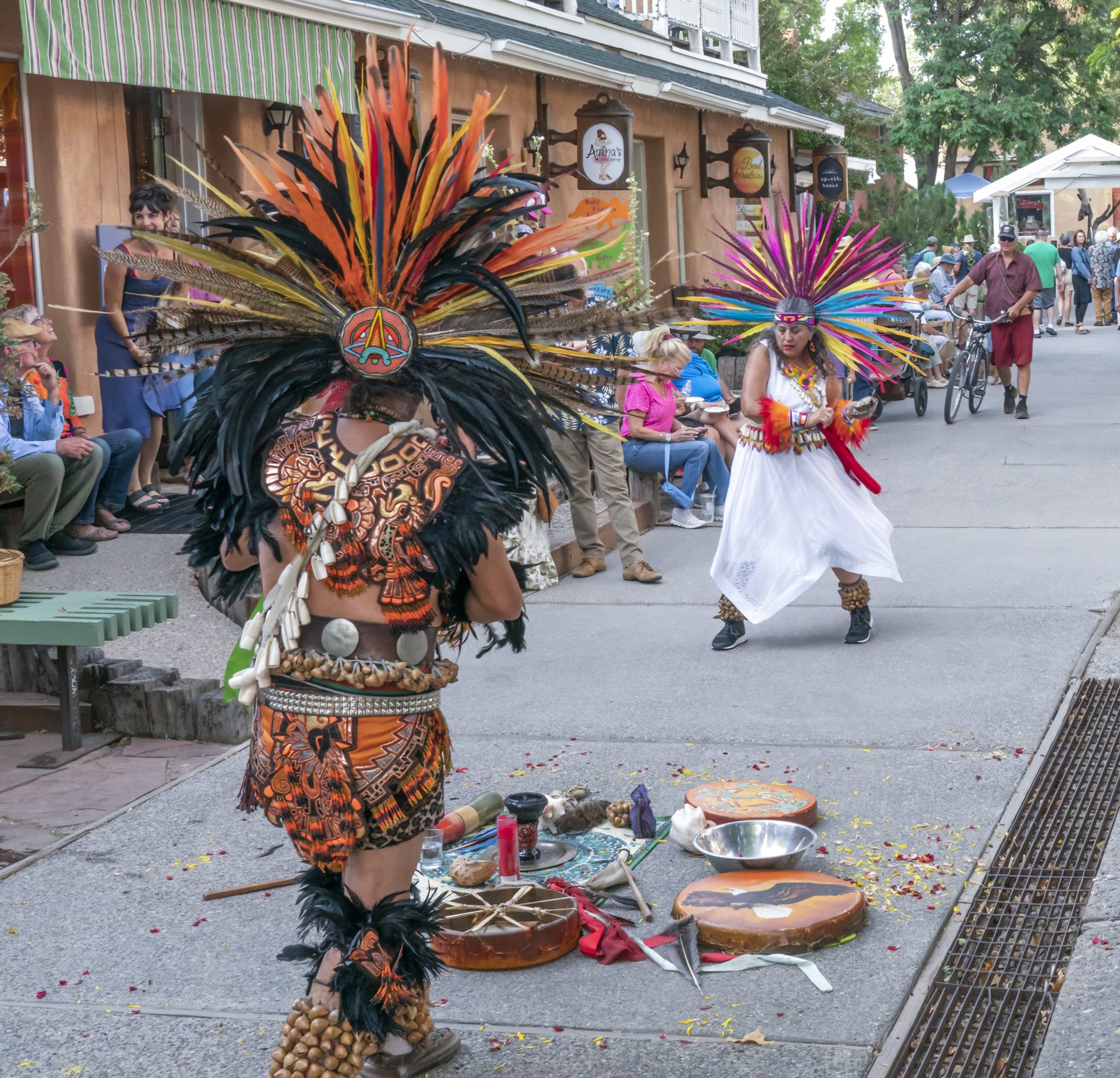
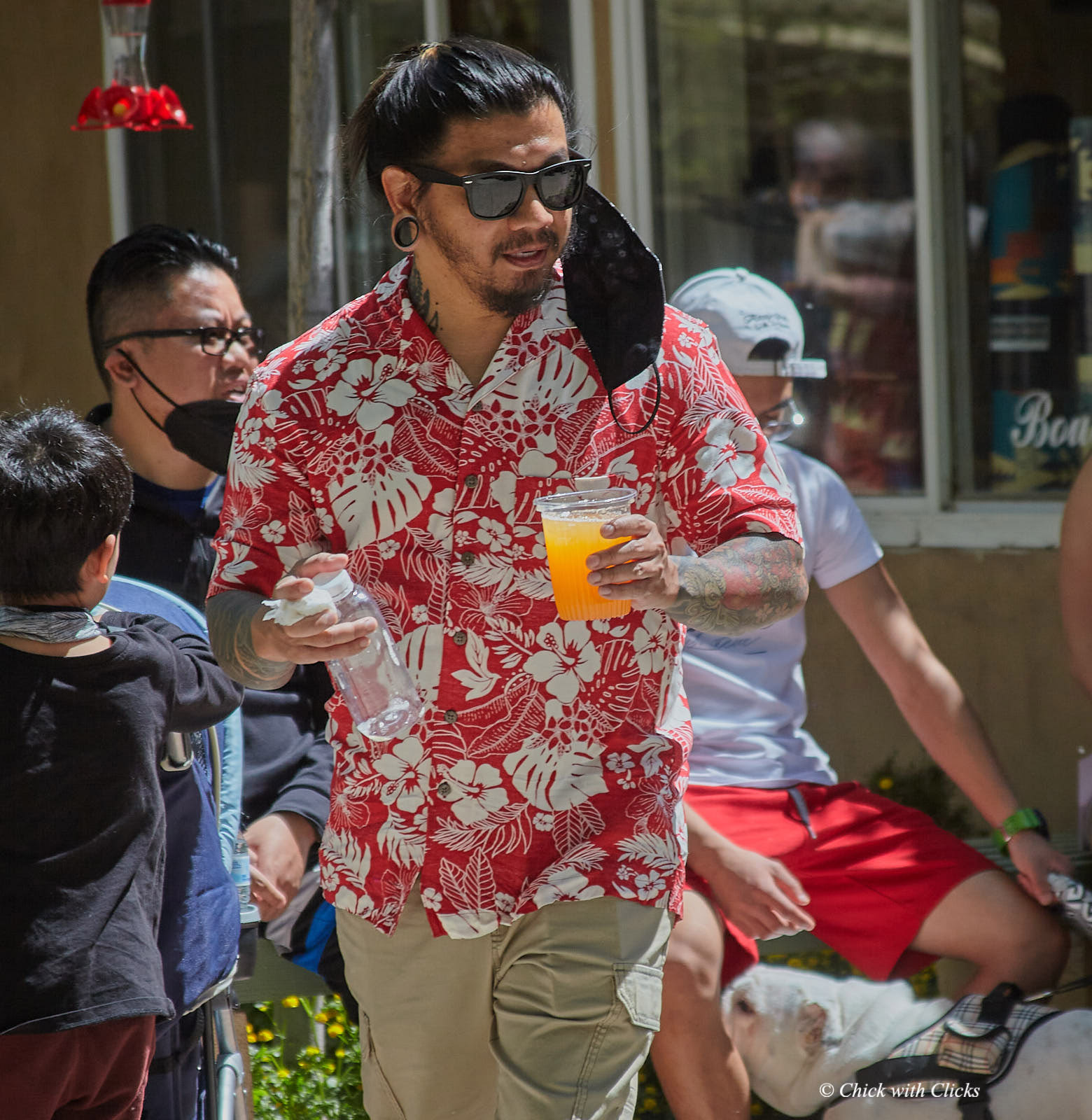
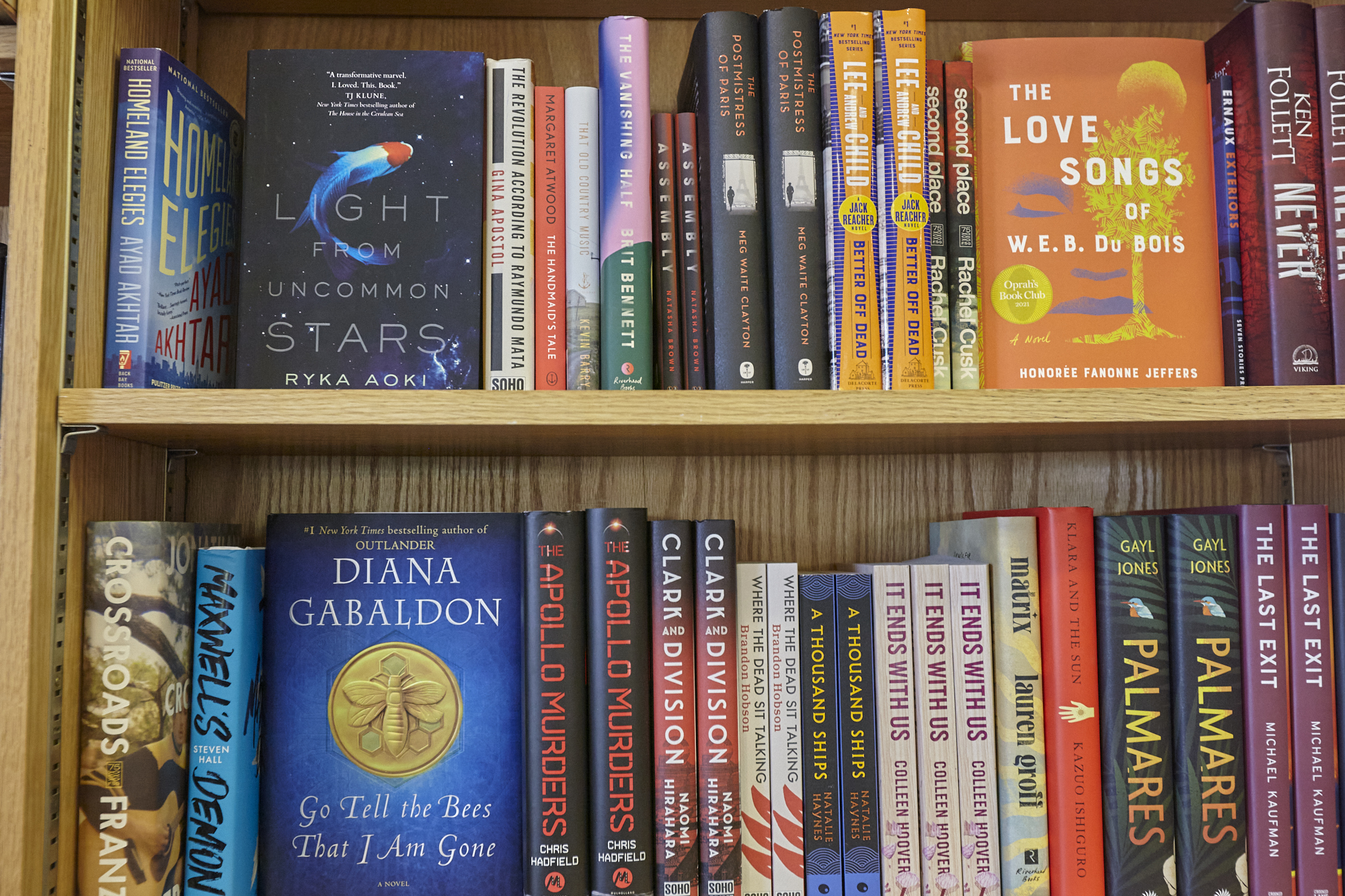
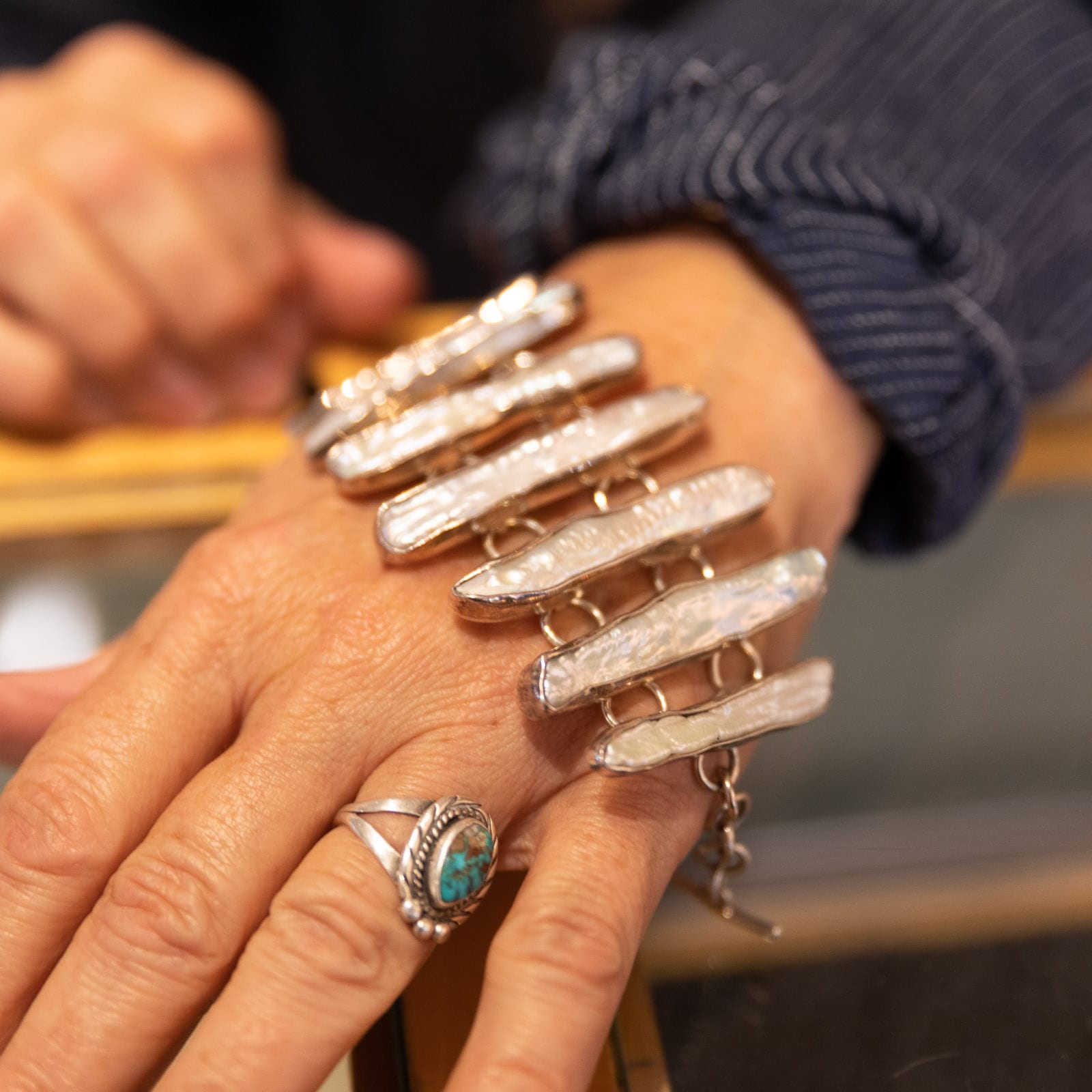
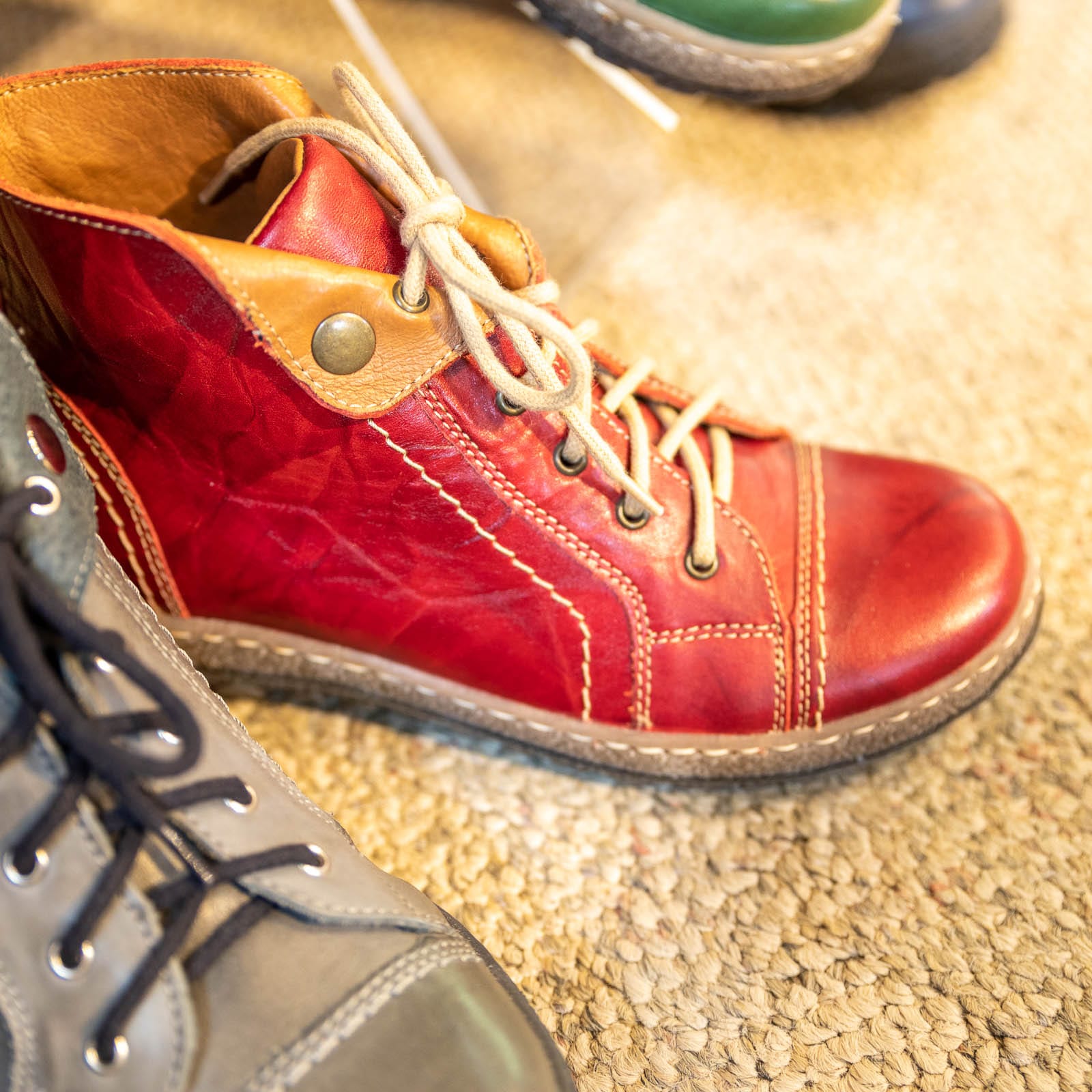
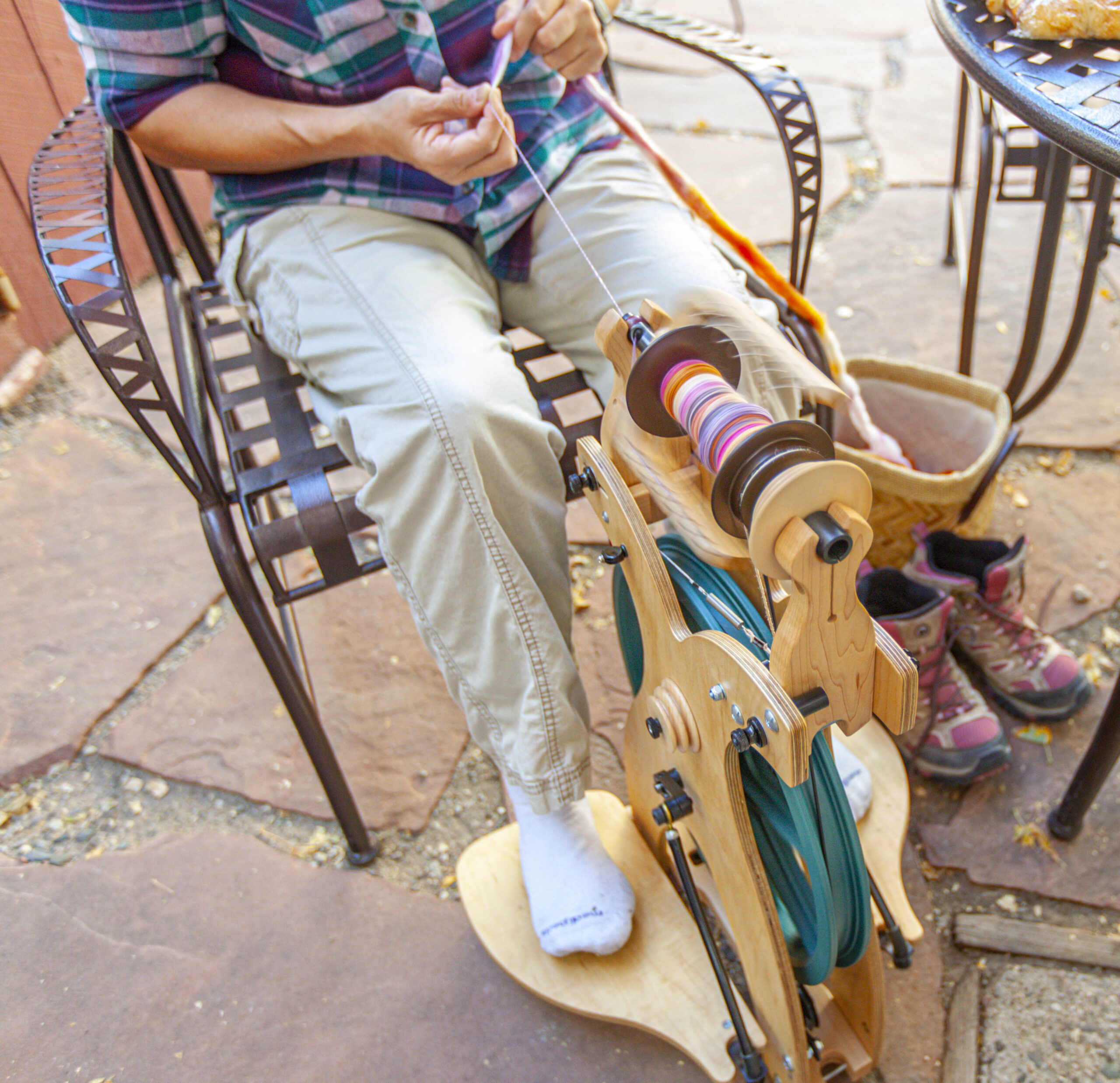

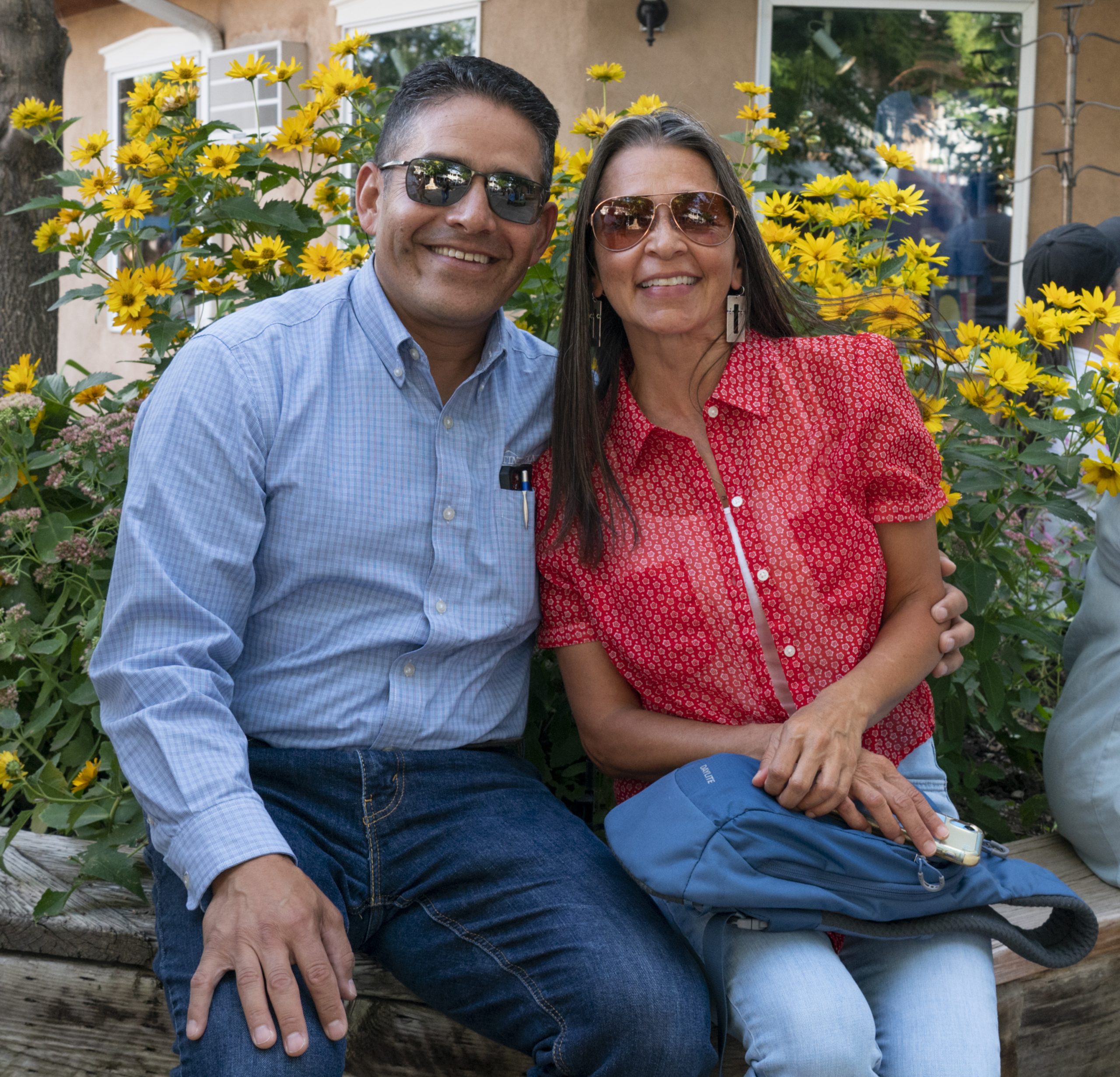
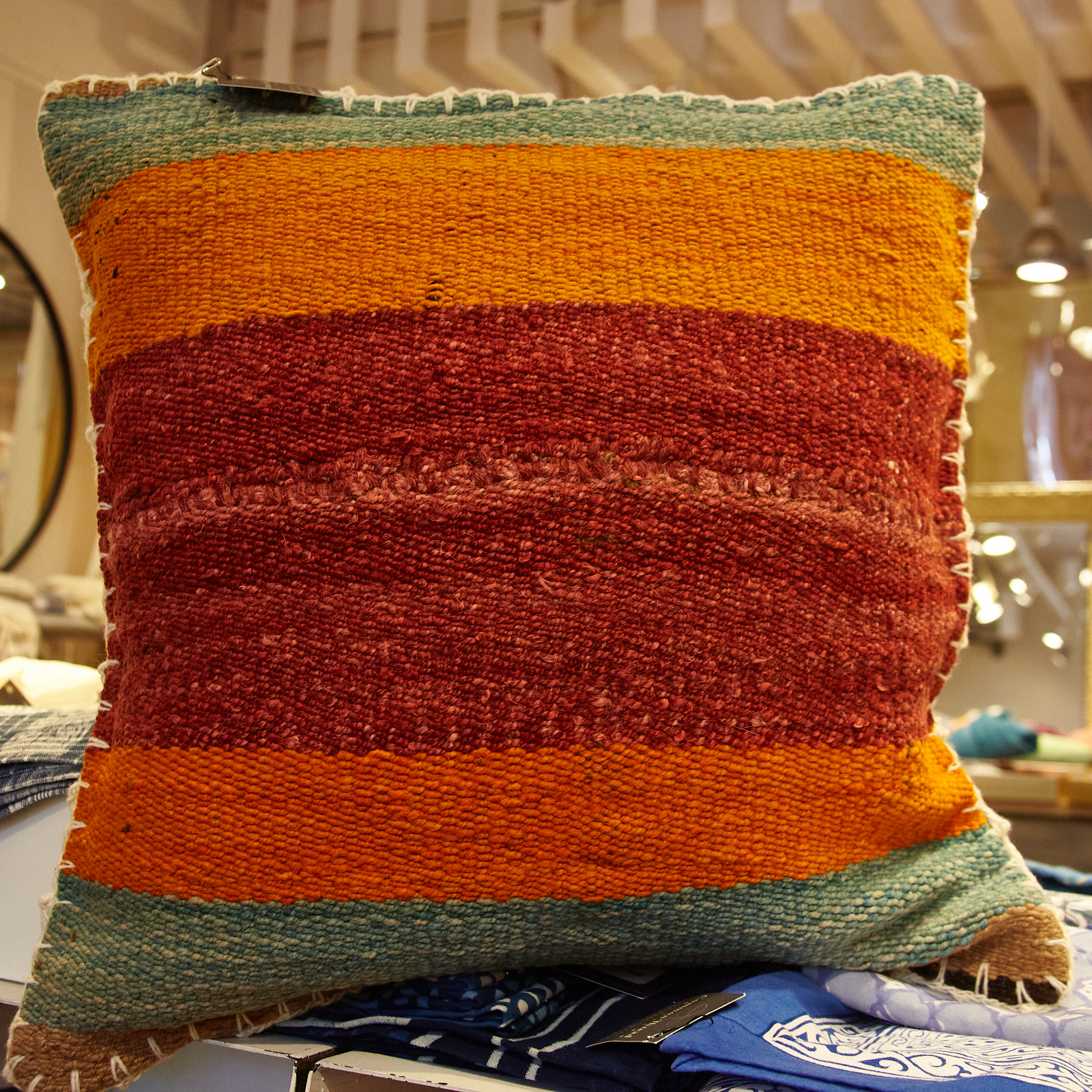
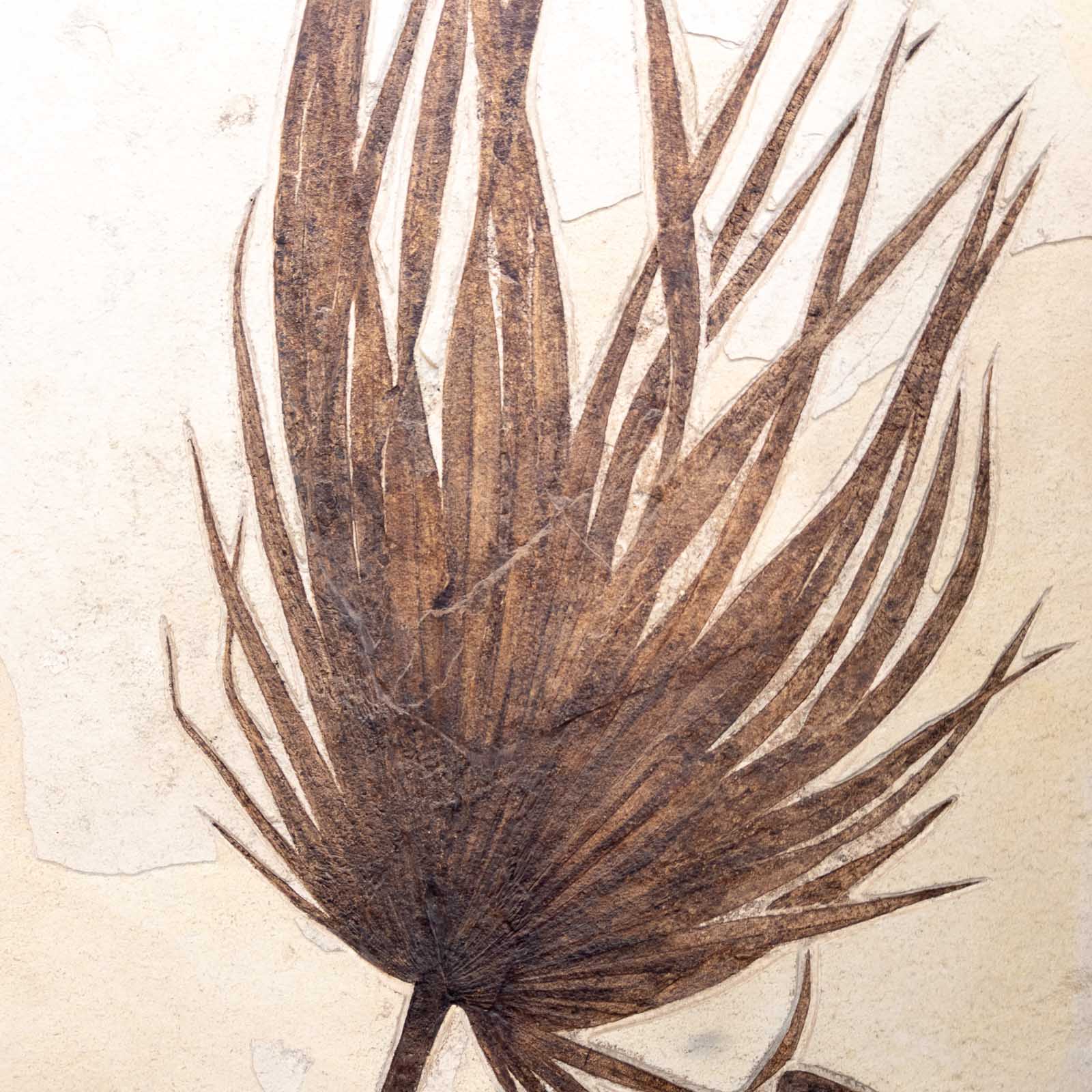
The HISTORY OF
LONG JOHN DUNN
(JUAN LARGO)
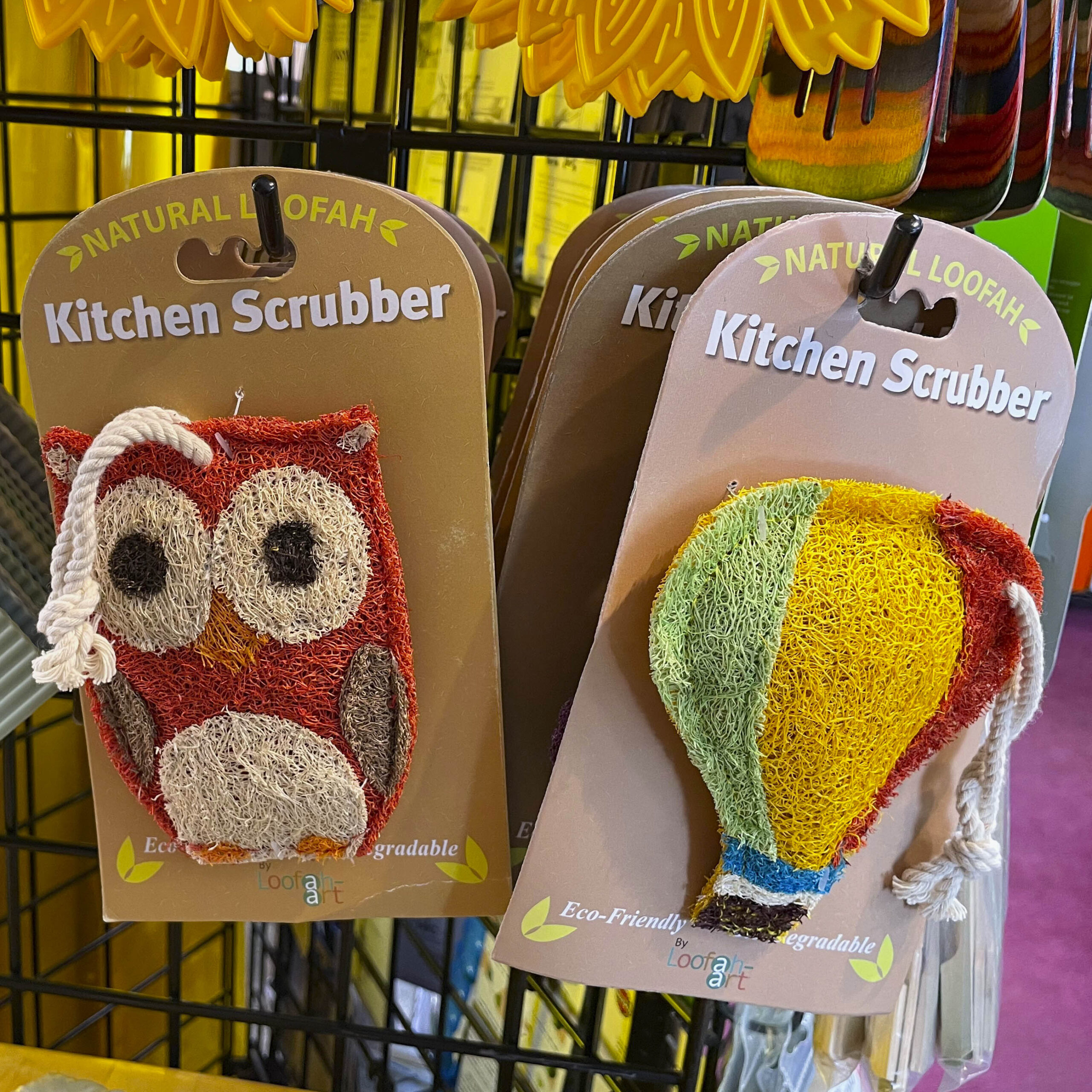
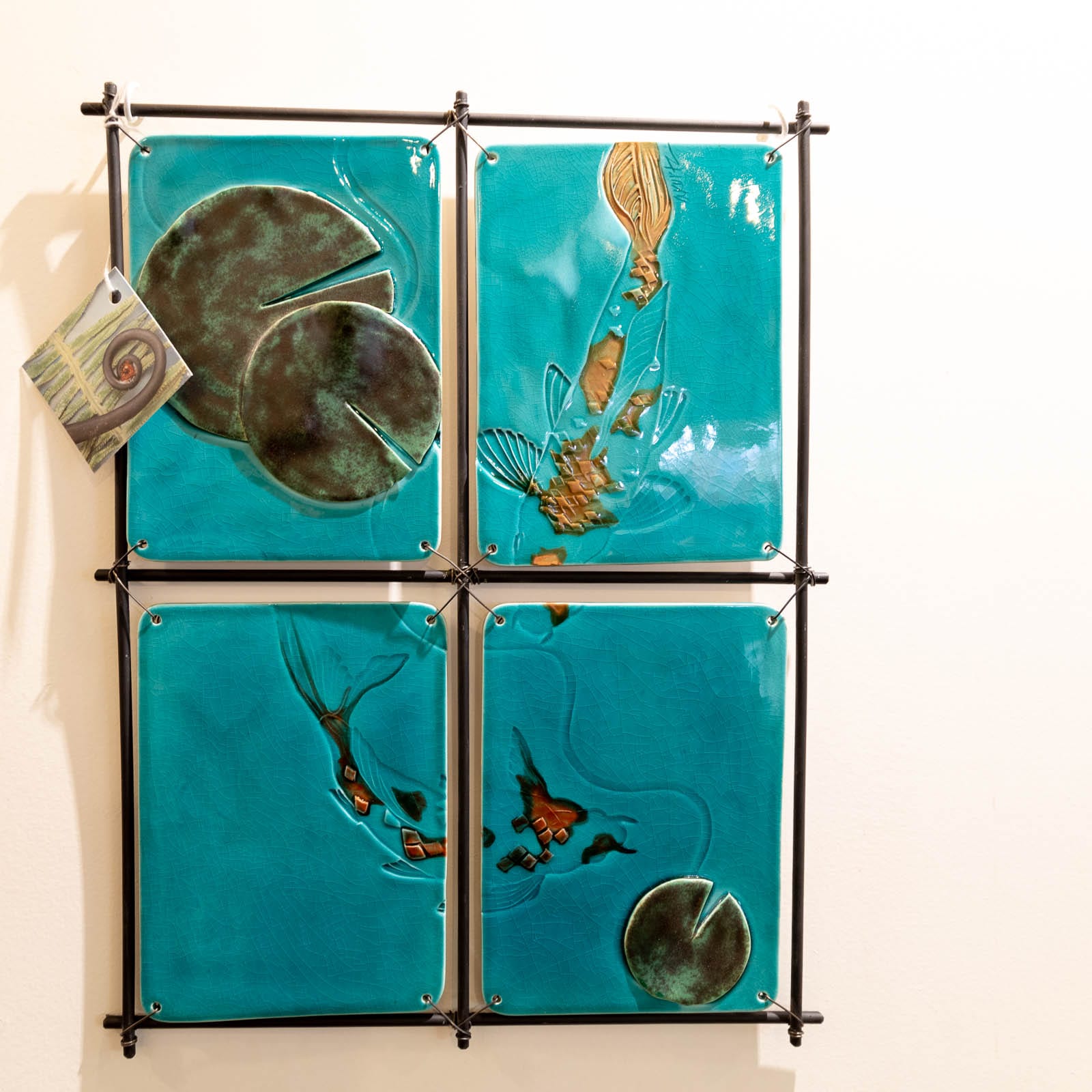
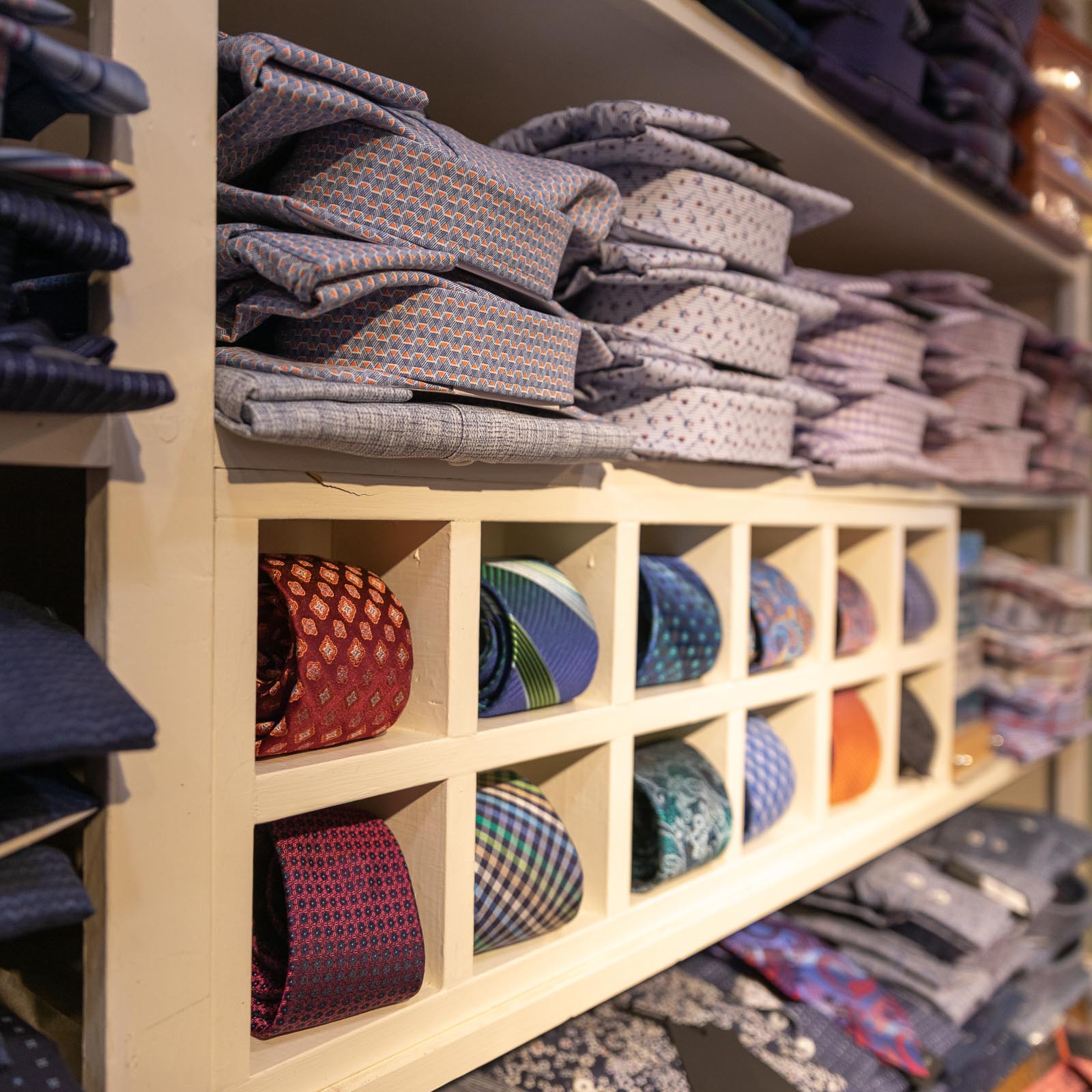
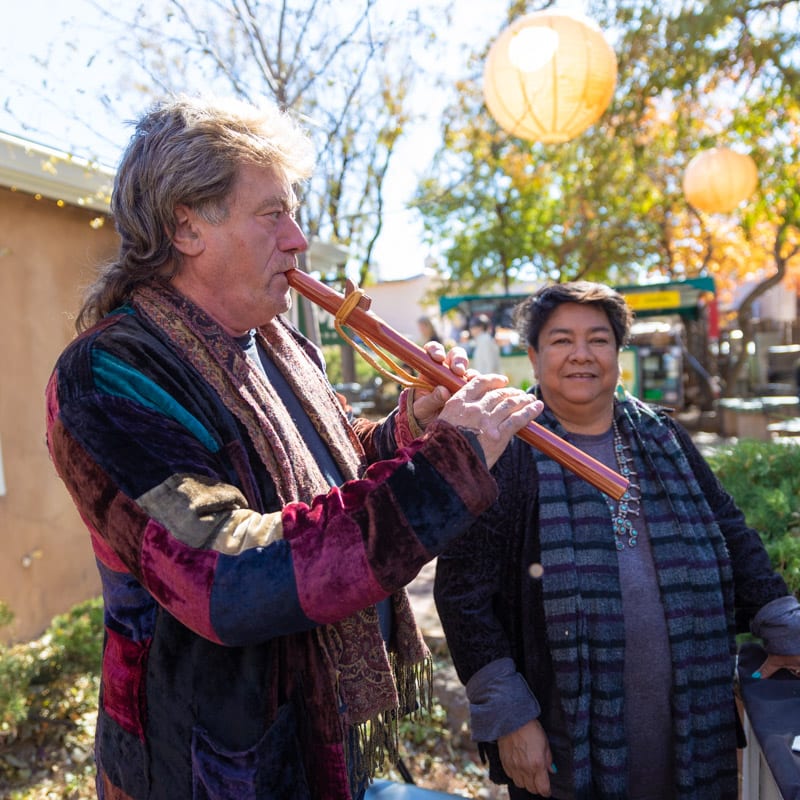
1857-1953
Long John Dunn—bronc rider, stagecoach driver, saloon- keeper, gambler, and lovable rascal— is a legend in Northern New Mexico.
John’s lanky six-foot-four frame, broken-nose twang, spicy vocabulary, and wide- ranging humor left a lasting impression on everyone he met. That included just about everyone who came to Taos for over 30 years, because he owned the only bridge and the only stage-coach (later the taxi) into town.
John was born in Victoria, Texas in 1857 on what he later described as a ‘slow-starvation farm.’ As a young man he made several trail drives of nearly 2,000 miles up into Canada over the old Chisholm Trail with as many as 5,000 cattle. In those days Caldwell, Kansas was the last white settlement after Fort Worth, and there wasn’t a house or a fence from there to Canada. Buffalo herds were small, but bones were sometimes piled twenty feet deep over an acre of ground and collected as fertilizer. The river bottoms swarmed with mule deer, and there were hundreds of thousands of antelope.
“A feller learned to use a rope,” John reminisced, “for more reasons than one. Sometimes it would save miles of hard riding after a steer … and it was handy to drag firewood to the cook, tie up a bronc or even hang a man. … Out of necessity the man, the horse, the rope, and the gun became inseparable.”
John caught the gambling bug in Dodge City. Bat Masterson was marshal. John also knew Buffalo Bill, Calamity Jane and Billy the Kid—“he was as ugly as the devil with his teeth sticking out in front like a mad beaver,” John said.
John himself had trouble with the law. He accidentally killed his wife-beating brother-in-law during a fist fight in Texas, was imprisoned, and escaped by filing through his leg irons and floating down a river. Evading the law in Texas by hiding under a Taoseño’s load of hay, John landed in Elizabethtown, New Mexico where a gold boom had started in 1866. There he opened a saloon and gambling business that prospered with the mine. He became friends with Doc Martin, an Easterner who arrived around the same time and was credited with healing more bullet holes than illnesses.
“A feller learned to use a rope for more reasons than one. Sometimes it would save miles of hard riding after a steer … and it was handy to drag firewood to the cook, tie up a bronc or even hang a man.”
Long trail rides and his escape from the law fueled Dunn’s dream of starting a transportation business. “If I could just find a place that was good and isolated and so damn rough it wouldn’t pay to build railroads,” John said, “I’d have just what I wanted.”
In 1887 John rode from Elizabethtown through Eagle Nest and down to Taos. Teams of wagon horses and burros loaded with wood stood at hitching posts encircling the plaza. Families from Taos Pueblo watched. In a 1930 interview John said, “Taos was set up here then just as it is now in a little world all by itself. Our nearest railroad point was Tres Piedras on the Denver and Rio Grande, and we got mail when someone happened to be coming out to bring it.” To earn enough money to finance his transportation business John ran a prosperous saloon in Goldfield, Nevada, started two gambling houses in Taos, and when gold was found in Red River, opened another gambling house there.
In the 1890s John bought the bridge at Taos Junction from a man named Meyers and the bridge at Manby Springs from Miller and Gusdorf. Soon afterward floods wiped out both bridges. John built a new bridge in Arroyo Hondo that still stands. “I put in a bid with the Post Office to establish a mail line from Tres Piedras to Taos and got the contract for daily service. There was also quite a passenger and freight business to be done, but first we had to get some sort of road better than the pack trail that was our only line of communication. I put $2,500 of my own money into the road and raised another $2,500 by passin’ the hat among the people of the valley. Men who couldn’t contribute any money put in labor, and soon we had the road built—a road such as it was.”
John Dunn’s toll bridge across the Rio Grande near Arroyo Hondo gave him a monopoly on road travel in and out of town. He charged $1 per person, 50 cents for horses and cattle, and 25 cents for sheep. In good years he averaged $250 a day. He also erected a hotel at the bridge—he called it a ‘road ranch’—and it is said that he timed the arrival of the stagecoach so that darkness would keep the travelers there overnight. He prided himself on clean beds, kept a milk cow on the premises, and hired a man to fish the Rio Grande for a constant supply of fresh trout.
John hauled all the artists as well as others who came to Taos until 1930. On his mail route much of the parcel post was paintings and painting supplies for the artists who had recently begun arriving—Sharp, Phillips, Blumenschein, and Couse. He was a close friend of Mabel Dodge and met Will Rogers and Vice President Dawes.
“In handlin’ the public as I’ve been doin’ all these years, a fellow sees a great cross-section view of the human animal,” he later recounted. “I’ve met so many worthless people, I’ve often thought the world is bossed by an unjust God. A just God would have put fur on some of the people I’ve known . . . skunk on some, and beaver on others. Then they could be hunted in the winter for their pelts and be of some use to the rest of mankind.”
John bought the first car in Taos from Mace MacHorse who had opened a Ford agency. He stocked brake lining by the hundred-foot roll and when starting down a steep grade, made his passengers get out and push up to save the brakes. He disliked the coming of the mechanical age and the roads that were eventually built from Santa Fe and Raton to Taos because he said “they changed peoples’ personalities—friendships broke up when folks no longer needed to depend on each other for company, sympathy, and entertainment. I think I’ve lived through the most dramatic period of history the West will ever see. This is an age of specialization, one-track jobs and one-horse minds.”
The man affectionately known as Juan Largo de Taos died on May 21, 1953 at the age of 96. His old friend Doughbelly Price—a little potbellied ex–bronc rider, newspaper columnist, and realtor whose sign read “Doughbelly’s Clip-Joint”— covered most of the front page of El Crepúsculo (which later became The Taos News) with John’s obituary. “The early part of his life was rocky and uphill. … He was caught in the web of law, and Texas gave him 40 years in the State Pen. … He had no education, but what he knowed was plenty and was learned from cattle, horses, natural observation, and mother nature—the hardest, most tolerant, and wisest teacher humanity ever had. … John Dunn was at his best behind a roulette wheel or a monte table, where you never got more than was coming to you and if you didn’t watch it was less.”
“Transportation made the West, not blazing guns as is so often preached.”
Long John Dunn lived through three phases of the West: the gun- fighting days, the cattle-working days, and the modern West. John said about the making of the West: “Transportation made the West, not blazing guns as is so often preached— although I know the guns played a big part. It was those sweat-stained horses and tireless mules, those worn saddles and creaking wagons and the men and women who were riding them across muddy rivers, rocky ridges, and up those long dusty trails.”
“I invested everything I had in Taos County. I built a home, opened up four saloons, a gamblin’ hall and a livery stable.” John Dunn’s home still stands today between Bent Street and Taos Plaza. It is the center-piece of a beautiful garden courtyard and pedestrian walkway and home to Taos’s best shops.
Sources: J. Hogg’s interview with John Dunn, 1930. El Crepúsculo, 1953. Long John Dunn of Taos, Max Evans, Westernlore Press, 1959.
